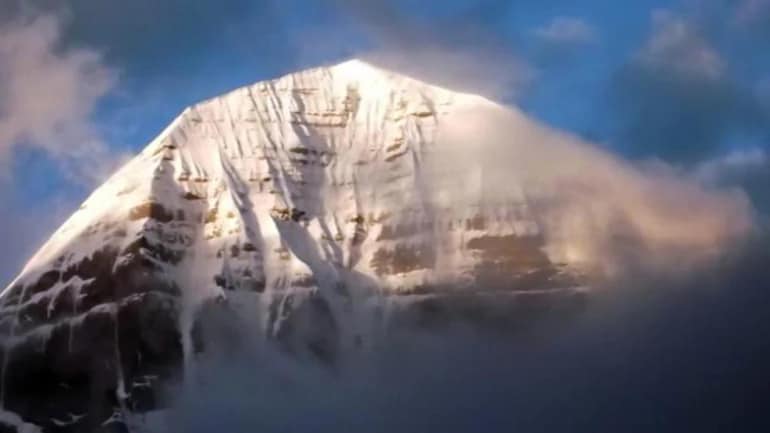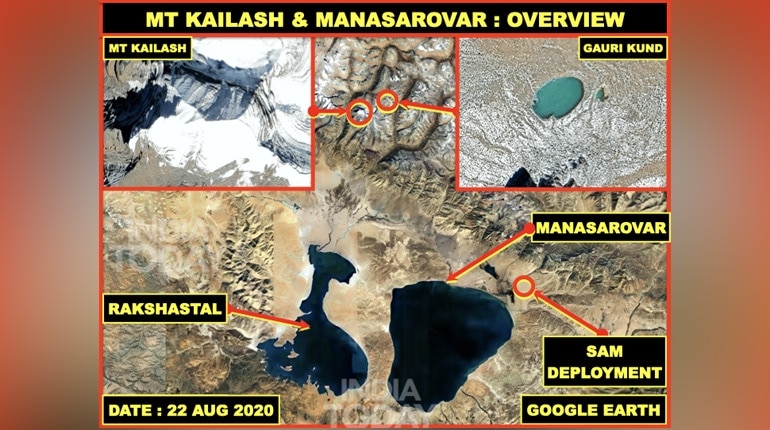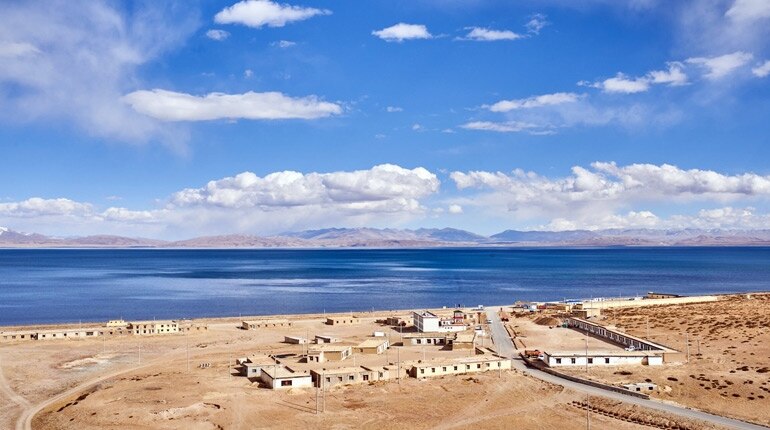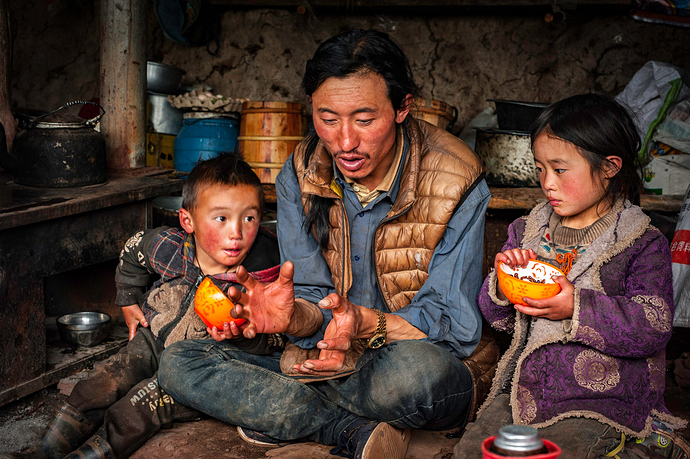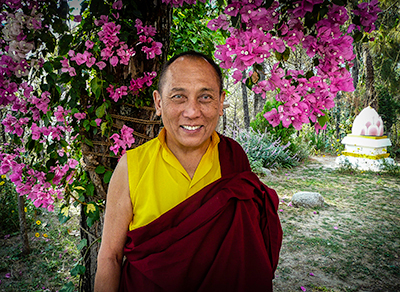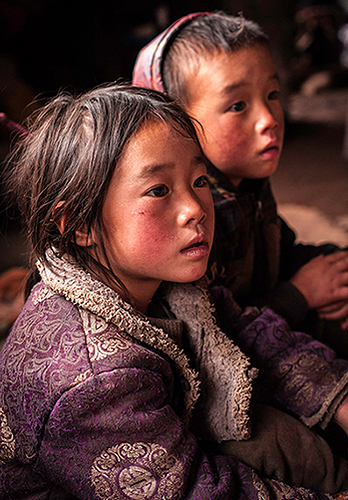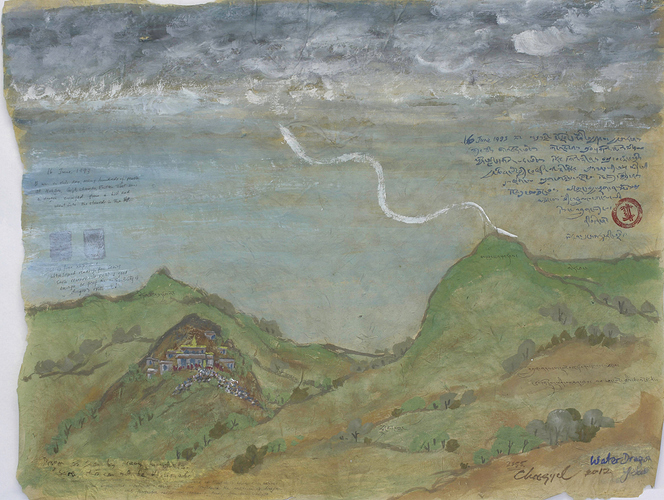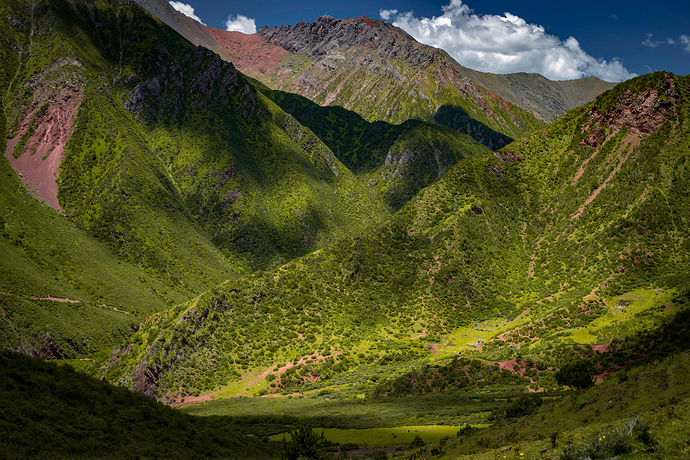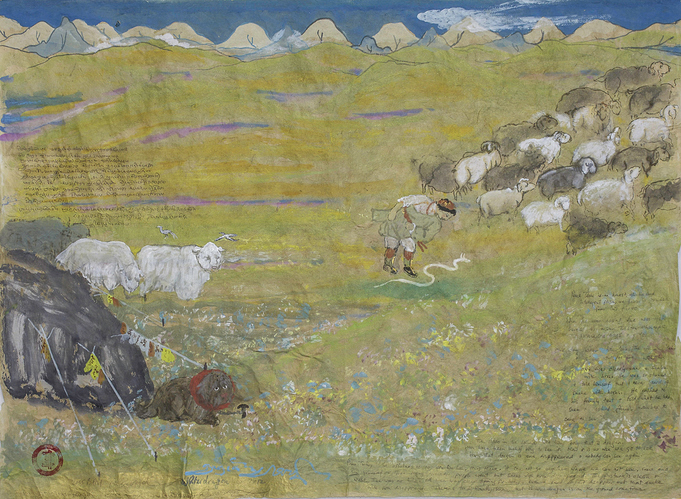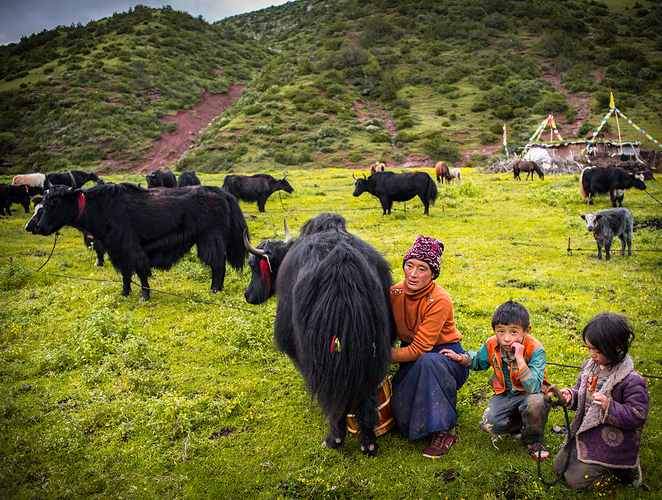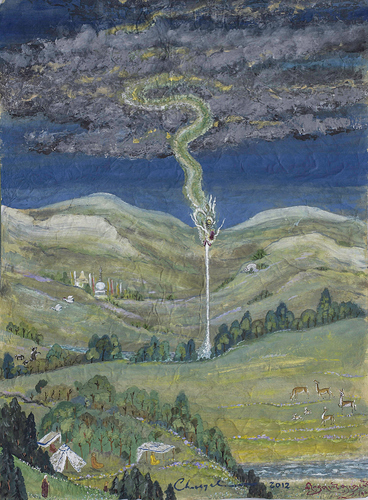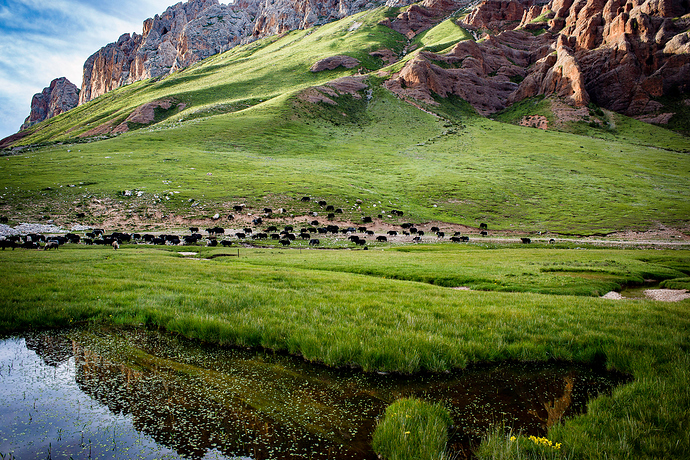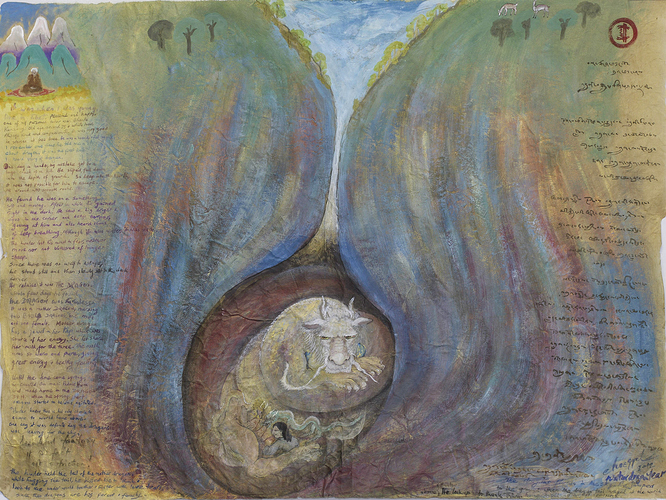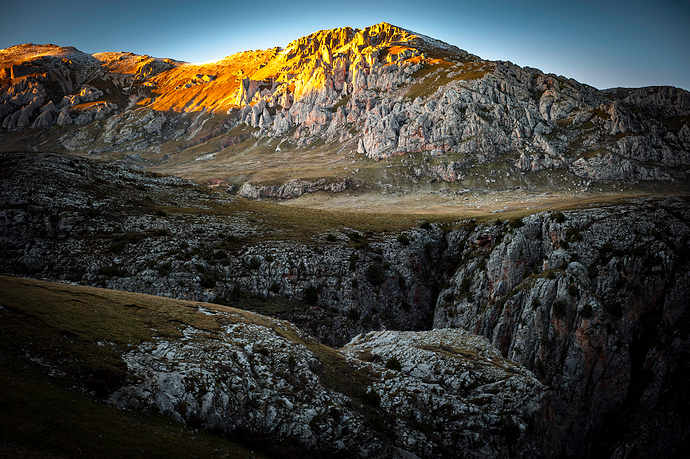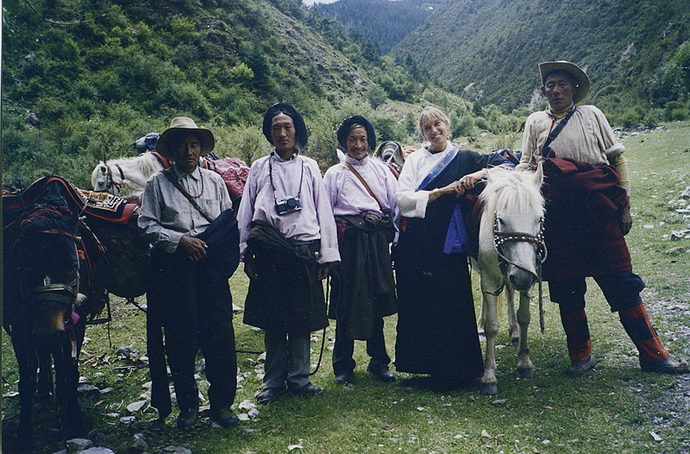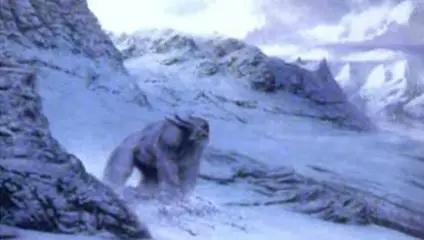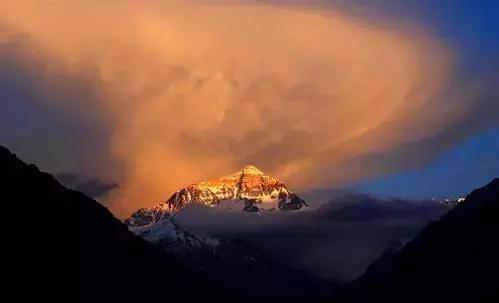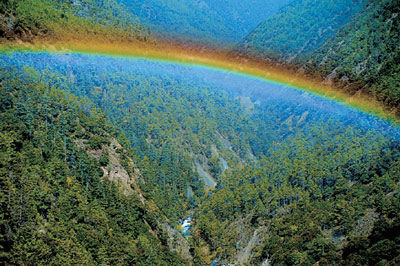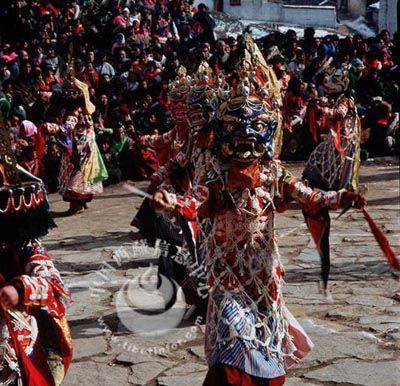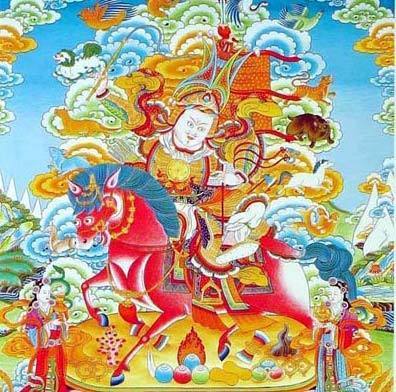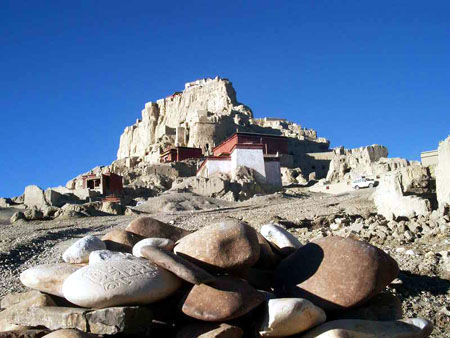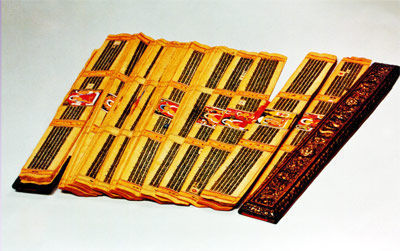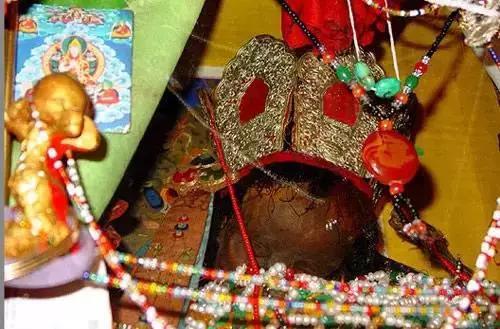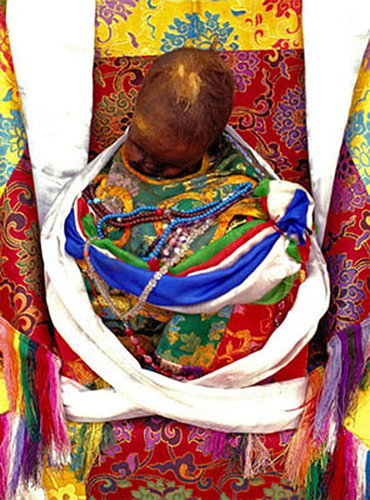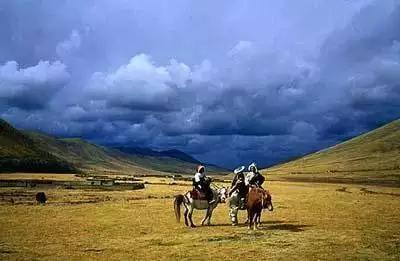Folks , Theodore illion , a German who explored Tibet in the 1930s , had described his totally mind-boggling experiences in his books titled "in secret Tibet" and "Darkness over Tibet" .
Theodore Illion was born in Canada, raised in Japan, educated at Paris, New York, Berlin and Istanbul. He was a writer, journalist, hiker, philosopher and vegetarian.
https://ufoarchives.blogspot.com/2016/02/theodore-illion-as-esotericist.html
Theodore Illion as esotericist
In three earlier blog entries
I have presented the fascinating life and mystery surrounding Dr. Rudolf von Linauer who claimed to have witnessed Tibetan monks lifting giant blocks of stone using sound waves from various instruments. These blog entries gave the unexpected result that I was contacted by two of Dr. Linauer´s daughters, Monika in Florida and Kristina in Sweden. They had never met before and because of my blog there was a happy family reunion. I am very glad to have been the cause of this reunion and we all had a delightful rendezvous in Norrköping, Sweden in the summer of 2014.
Dr. Rudolf von Linauer
Dr. Rudolf von Linauer is not the only person claiming extraordinary experiences in Tibet in the 1930s. For many years I have been very intrigued by two books written by the German writer Theodore Illion (1898-1984): In Secret Tibet (1937, orig. Rätselhaftes Tibet, 1936) and Darkness Over Tibet
(1937). Using the pseudonym Theodore Burang he also wrote several books
and articles on Tibetan medicine. There is some debate whether Theodore
Illion ever visited Tibet but according to old articles and interviews he was in the 1930s physically extremely well trained and fit for such an expedition. He was also obviously endowed with an iron will and determination to reach his goals. So on these accounts he could very well have succeeded in his endeavors to explore Tibet alone on foot.
In January 1933 he visited Sweden for training trips in hiking and was interviewed by the Swedish newspaper Dagens Nyheter
November 3, 1933. According to the article Theodore Illion was born in Canada, raised in Japan, educated at Paris, New York, Berlin and Istanbul. He is a writer, journalist, hiker, philosopher and vegetarian.
He is walking around five Swedish miles a day only living on black bread and milk. “For the past eight weeks I have hiked through Germany, studying Nazism, an interesting journey that ended close to the Danish border. I wished to see how a political refugee could get to Denmark.” He is now in Stockholm where he will lecture at several places a.o. The Theosophical Society .
Illion has some critical, philosophical remarks on todays society: “They invent technical means that grows over their heads instead of for one moment thinking of their own moral development.” I have checked old issues of the Swedish Theosophical magazine Teosofisk Tidskrift, but there is no mention of any lecture by Illion.
Article in Dagens Nyheter November 3, 1933
There is very little information aviable on the life of Theodore Illion. A short article on Wikipedia and almost no useful references on the internet. In his book Nazis of Tibet. A Twentieth Century Myth ,
author Isrun Engelhardt mention that “It may be worth noting that Gestapo ordered Illion to furnich documentary evidence of his alleged visits to Tibet when he returned to Germany in 1941, since he was under suspicion of being a liar, who claimed he had visited Tibet although he had never been there”. According to the Wikipedia article Illion was a member of the Club of Rome, never married and had no children.
A few more biographical details are presented in his books but it is somewhat surprising that there are so few data on his life as he lectured in several countries around Europe and was often interviewed extensively in large newspapers. In the preface to his first book In Secret Tibet ,
Illion gives a brief presentation of himself: "I travelled in Tibet neither as a Christian nor as a Buddhist. I did not look at things there
merely with the eyes of the scientist or the philosopher. I tried to examine things in an absolutely unprejudiced way. I do not belong to any
sect, party, or denomination." "...my interest in Tibet was centered around the reality of Tibetan mysteries and psychical phenomena." (p. 18). "Three articles were published about my expedition, The Sunday Express mentioning the fact that I was looking for companions to accompany me to Central Asia." (p. 26). Illion also mention an interview
that was published in a "large Stockholm paper in 1935", but gives nu further information.
Theodore Illion
As with Dr. Rudolf von Linauer there are no definite data to confirm that Theodore Illion ever visited Tibet in the 1930s. There have been some speculation that he relied on the information in the books by Alexandra David-Neel, published in the 1920s, and simply used the tavelogue about Tibet as a way to present his philosophy. Whatever the truth the books by Theodore Illion are a treasure trove of wisdom. Anyone thoroughly acquainted with the esoteric tradition will here find a
kindred soul. I do find it amazing that Illion at his young age could have such extraordinary deep insights into esoteric philosophy, coupled with a critical mind and wonderful humour: "I am a non-smoker. I only smoke in the company of people who consider non-smoking a virtue".
"In Secret Tibet" is the story of Theodore Illion´s travel in disguise in Tibet, meeting hermits, lamas and the somewhat more mysterious few "wise men", very different from the often primitive and superstitious hermits. He encounters and is able to study many types of psychic phenomena, some apparently genuine but often produced by "the grossest type of fraud." Illion gives many practical examples and is very aware of the negative power of organized orthodox religion in the world: "Organized Buddhism, as it stands today, is a formidable machinery for exercising power by exploiting fear and credulity, especially "Buddhism"
as it is in Tibet and Nepal...The Tibetans on the whole like to be told
what to do. This prevents unnecessary thinking. The lamas greatly profit by this attitude." (p. 116). This reminds me of a quote from the classic The Mahatma Letters to A.P. Sinnett where the adept K.H. comments on the problem of religion in world history: "...the chief cause of nearly two thirds of the evils that pursue humanity ever since that cause became a power. It is religion under whatever form and in whatsoever nation. It is the sacerdotal caste, the priesthood and the churches; it is in those illusions that man looks upon as sacred, that he has to search out the source of that multitude of evils which is the great curse of humanity and that almost overwhelms mankind." (Letter no.
10, 1882). The truth of this statement must be obvious to anyone following todays news.
Theodore Illion´s sequel Darkness over Tibet is a real adventure story and have by many readers been regarded as too fantastic and pure fiction. Illion is led to a secret underground community and is allowed an interview with the spritiual leader of the community who he soon realize is a very evil man and black magician. After having fled from this group, indulging in cannibalism, Illion gives an interesting comment on the two different philosophic or spritual schools he have encountered: "In this world of matter, which is really the battleground for a formidable struggle of two different spiritualities, the few wise men of Tibet who are great and dynamic personalities intensely personal and yet acting impersonally, represent a kind of bodyguard of the Creator which holds in check the other camp of methodically working "annihilators" and "soul-snatchers". " (p. 191). This, of course, is esotericism and a very good description of the planetary guardians or Higher Intelligence Agency (HIA).
I highly recommend these two books by Theodore Illion to anyone with an interest in the Esoteric Tradition. As the author told of lecturing for the Swedish Theosophical Society it is obvious that The Ancient Wisdom was his inspiration and he appears to have been an accomplished esotericist both in theory and practise. There is also deep psychological insights and a gentle humanism in his writings. He is very
well aware of the human condition on this interplanetary Alcatraz :
"Humaneness is the thing badly needed in this world, which dies from lack of love. We need people who are humane, really and spontaneously humane, in the little things of their daily lives. We have enough idealists who have occasional fits of idealism and tread the worm on the
ground while they are looking for the stars". (In Secret Tibet, p. 128).






